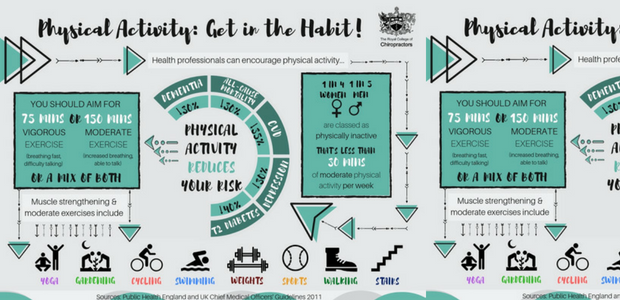Simply When You Assume Alleviation Is Near, Soft Tissue Therapy Reveals Its Unpleasant Realities-- Discover Why The Process Can Be Excruciating Yet Beneficial
Simply When You Assume Alleviation Is Near, Soft Tissue Therapy Reveals Its Unpleasant Realities-- Discover Why The Process Can Be Excruciating Yet Beneficial
Blog Article
Content By-Waddell Yildiz
When you go through soft Tissue therapy, you may locate it surprisingly awkward. lymphatic drainage urine arises as pressure is related to strained muscles and damaged cells, triggering your discomfort receptors. While it can really feel stressful in the moment, there's a reason behind this sensation. Understanding what happens in your body during these treatments can help you appreciate the process. So, just what is going on below the surface?
The Physiology of Pain During Soft Tissue Treatment
When you go through soft Tissue therapy, your body's feedback to discomfort is a complex interaction of physical processes. As the therapist uses pressure, your body activates discomfort receptors, sending out signals to your mind. This activates the launch of neurotransmitters, such as substance P and glutamate, which magnify the feeling of discomfort.
Your muscular tissues might additionally tense up in reaction, additional complicating the experience. On top of that, your body may release endorphins, all-natural painkillers that can aid alleviate some discomfort.
The communication between these procedures can develop an unique experience for each individual. Recognizing this physiological reaction helps you navigate the experiences throughout treatment, enabling you to appreciate the balance in between discomfort and the potential for recovery advantages.
The Duty of Discomfort in the Healing Process
Although pain throughout soft Tissue treatment can feel overwhelming, it plays a critical duty in the recovery process. When you experience pain, your body is indicating that it's functioning to fix damaged cells. This feedback aids enhance blood circulation to the affected location, supplying vital nutrients and oxygen needed for recovery.
Additionally, pain can advertise the launch of endorphins, your body's all-natural painkillers, producing a feeling of alleviation post-treatment. Accepting this pain can aid you understand your body's restrictions and encourage you to deal with underlying problems.
While it's uncomfortable currently, this process is important for lasting recuperation and enhanced function. Identifying pain as a vital part of recovery can empower you to stay dedicated to your therapy.
Tips for Managing Pain During and After Therapy
Handling discomfort during and after soft Tissue therapy can dramatically boost your general experience and recovery.
To begin, interact openly with your therapist concerning your discomfort levels; they can readjust techniques as necessary. Utilizing deep breathing methods can also assist you loosen up and alleviate pain.
Think about applying ice to the treated location post-session to decrease inflammation and numb pain. Staying moisturized help in the healing process, so consume lots of water.
Gentle stretching and light motion after treatment can promote blood flow and simplicity tightness. Last but not least, guarantee you get sufficient remainder to permit your body to heal.
Applying these pointers can make your soft Tissue treatment a lot more convenient and satisfying.
Verdict
Finally, while soft Tissue therapy can be awkward, it's important to acknowledge that this pain plays an essential duty in your recovery trip. By comprehending the physiological responses at play, you can come close to the treatment with a more favorable attitude. Keep in mind, the initial pain often paves the way to alleviation as your body launches endorphins. Accept https://www.keloland.com/news/local-news/preview-sioux-falls-man-back-to-restoring-cars-after-chiropractic-treatment/ , and don't wait to utilize the pointers for managing discomfort to improve your experience and recovery.
